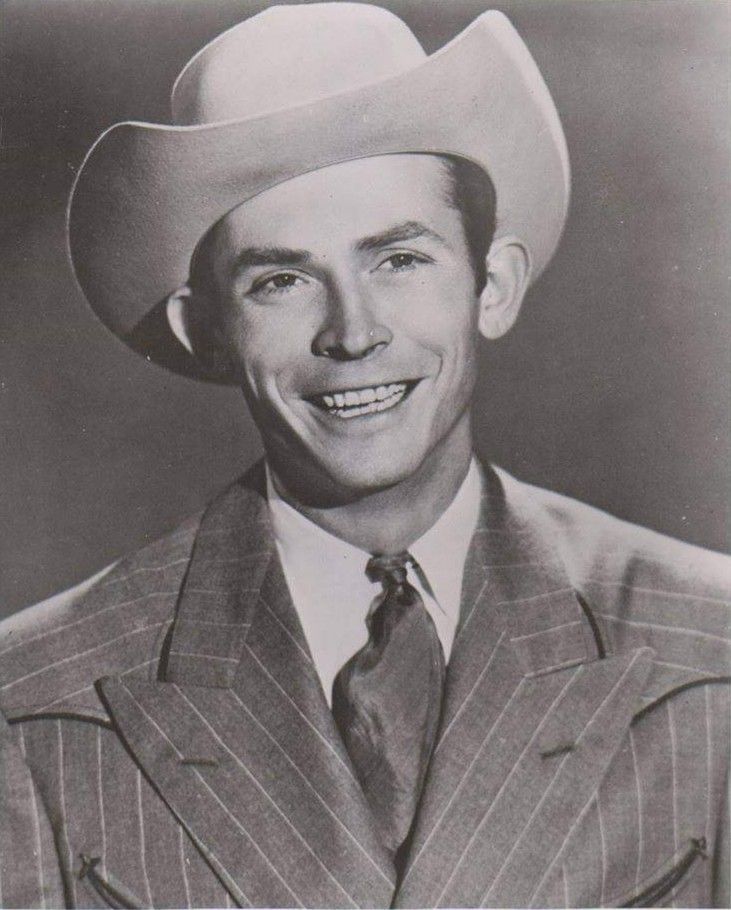Song Information
“Lovesick Blues” is a country music classic that skyrocketed Hank Williams to national fame. While Williams popularized the song in 1949, it was originally written much earlier—composed by Irving Mills (lyrics) and Cliff Friend (music) in 1922. The song was first introduced in the musical Oh! Ernest, and later recorded by Emmett Miller in 1928 and by country star Rex Griffin in 1939. However, it wasn’t until Hank Williams recorded it at Castle Studio in Nashville on December 22, 1948, and released it as a single by MGM Records on February 11, 1949, that the song truly exploded in popularity.
The recording featured Hank Williams on vocals and rhythm guitar, with backing from the Drifting Cowboys. The unmistakable yodels and raw emotion in his voice captivated audiences, and the song quickly shot to #1 on the Billboard Country & Western chart, remaining there for 16 weeks. It would go on to become one of Williams’ signature songs and a staple of country music history.

Song Meaning and Themes
“Lovesick Blues” is a raw, emotional outpouring of heartbreak. The narrator laments a love lost, as his former lover has moved on with someone else. The opening lines—”I got a feelin’ called the blues, oh Lord / Since my baby said goodbye”—immediately set the tone of sorrow and longing. The chorus is marked by yodeling, a vocal style that Williams used to express deep emotional pain, making the heartbreak feel even more visceral.
What makes the song unique is not just its lyrics, but the way Hank delivers them. The upbeat tempo contrasts with the subject matter, creating a tension between lively instrumentation and inner turmoil. The yodels serve almost like sobs—moments where words fail, but emotion breaks through.
It’s a song of someone stuck in a cycle of despair: he’s not just sad that she’s gone—he’s devastated that she doesn’t even care. This desperate, one-sided love gives the song its emotional punch and made it relatable to millions. The melody and structure are deceptively simple, but the rawness of Hank’s voice carries the true weight of the blues he sings about.
Why Was It So Unexpected?
At the time Hank Williams recorded “Lovesick Blues,” his record label, MGM, and even some of his bandmates were skeptical about releasing it. The song was considered outdated—nearly 30 years old—and its theatrical vaudeville origins didn’t seem to fit with the emerging honky-tonk style. However, Hank had been performing it live at the Louisiana Hayride and received overwhelming crowd reactions every time he sang it.
Despite advice to the contrary, Hank insisted on recording the song. And it paid off—massively. When “Lovesick Blues” hit the airwaves, it became an instant sensation. The blend of country sorrow and dramatic yodeling was unlike anything else on radio at the time. It sold over 50,000 copies in its first two weeks, and soon radio stations across the South were flooded with requests.
This song not only launched Williams into stardom, but also changed the direction of country music. It proved that raw, emotional delivery—no matter how unconventional—could connect deeply with audiences. “Lovesick Blues” was also one of the first country songs to reach a broader, national pop audience. It shattered the mold and turned Hank Williams into a legend almost overnight.